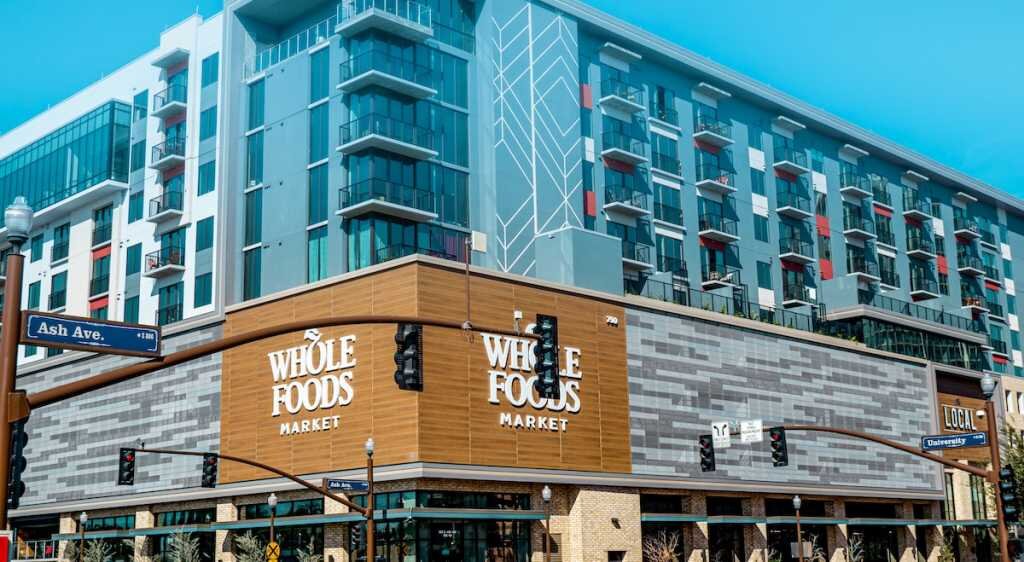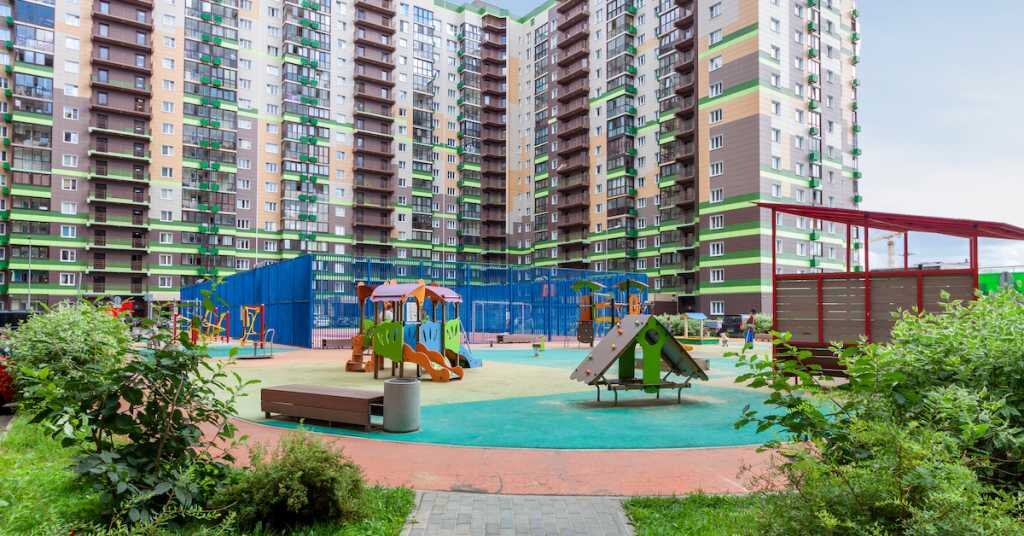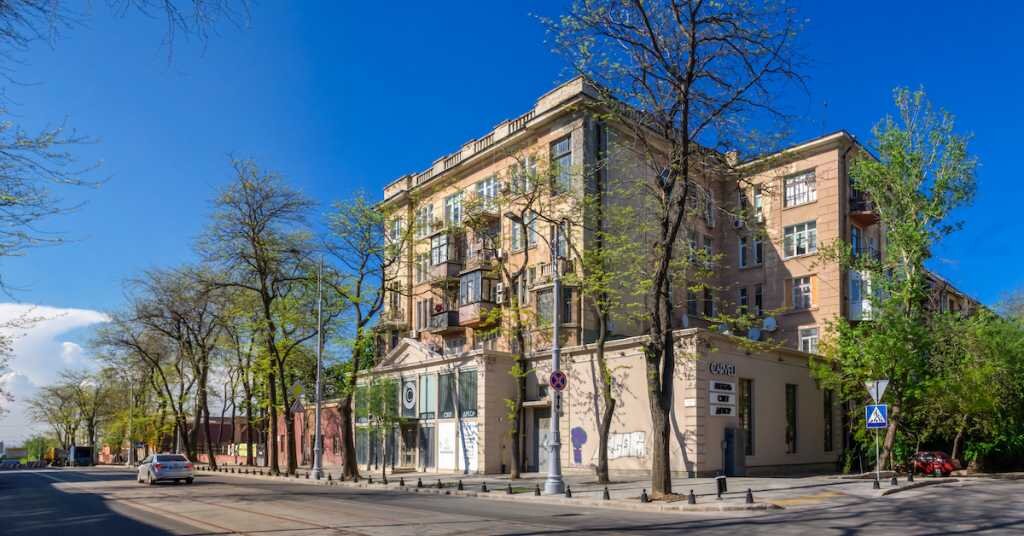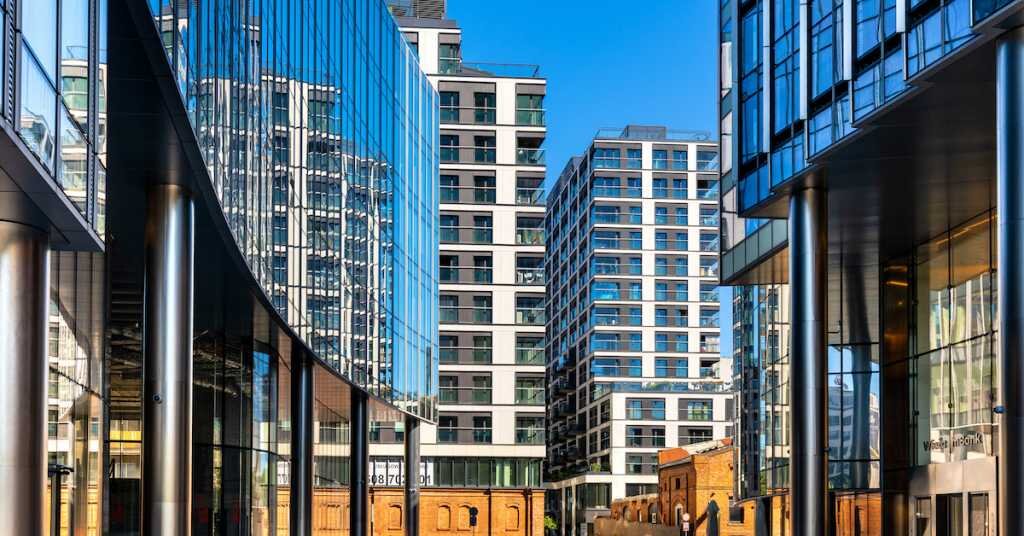8 Tips for Investing in Mixed-Use Developments
Category: Learn
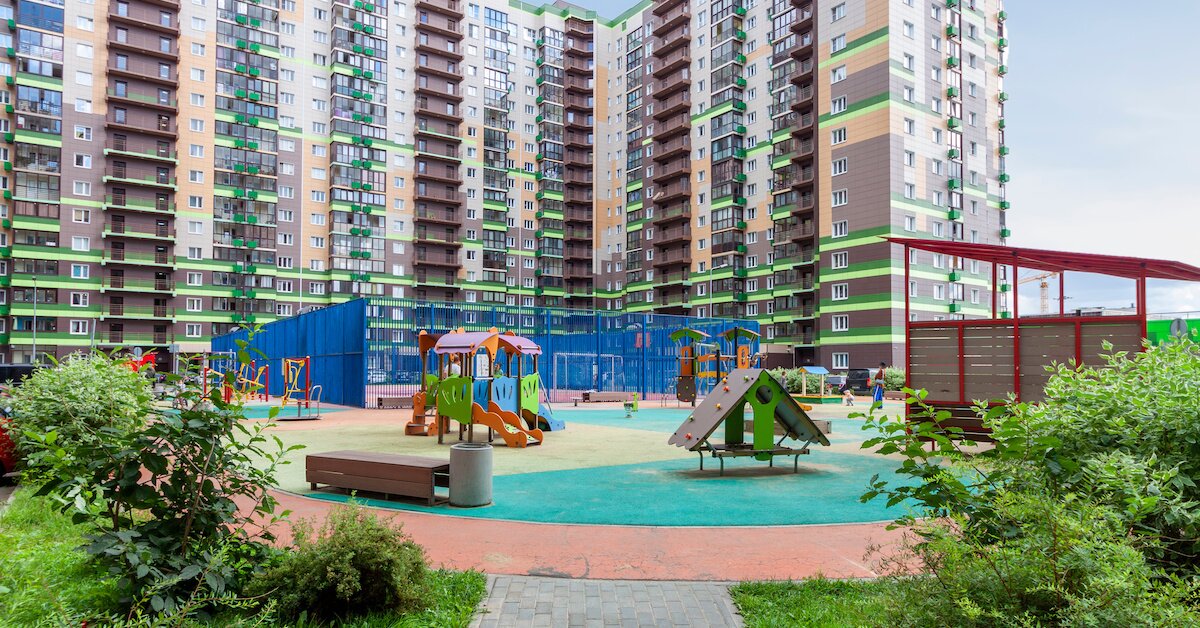
Mixed-use developments are at the intersection of several cultural trends in the US. Private car ownership and use predicted to decline sharply in the next 15 years (meaning people want access to their amenities within walking distance). With this, plus extremely high levels of interest in “live, work, shop, play” environments, mixed-use developments seem like a pretty good bet for real estate investors.
Let’s look at what a mixed-use development is and get some advice on how to reap rewards in mixed-use developments.
What is a Mixed-Use Development?
A mixed-use development is what it sounds like: integrated commercial, residential, and sometimes industrial real estate in a dense urban setting. Sometimes called “village-style developments” or “15-minute cities,” they usually include amenities like public plazas or green space, public transportation, and ample pedestrian walkways. Think of urban downtowns or Main Streets with shops or restaurants on the ground floor and residences or office space upstairs.
Mixed-use developments are typically either vertical or horizontal. Vertical developments feature commercial space on the ground-level floors and residences upstairs. Horizontal developments comprise diverse types of single-use buildings situated near one another.
The appeal here to consumers is clear. When today’s buyers find a real estate agent and describe their dream home, many say they’re tired of commuting long distances and dislike the isolation of the traditional suburban lifestyle. Living close to where you shop and work cuts down on wasted travel time (and associated travel expenses), and the sense of community can be very strong in this type of living environment.
So how can investors cash in on this cultural sea change? Here are eight tried-and-true tips.
1. Development vs. Direct Investment
Whether you’re using real estate investing apps or doing it the traditional way, there are two common ways to invest in mixed-use developments. Development is a “getting in on the ground floor” strategy that involves identifying promising mixed-use projects still in the planning stages and investing in them. Direct investment is when you buy an existing mixed-use property.
Both approaches have their pros and cons. Developing is a long-term strategy for the patient investor. It also involves a lot of complex planning and design, which drives up the upfront costs.
Direct investment is more immediate, but finding a high-quality mixed-use property on the market is challenging, because owners hate to sell such profitable properties. That high desirability can make it tougher to get better terms on the deal by, for example, negotiating a lower real estate commission.
2. Look for Top-Quality Mixed-use Design
A quality mixed-use development is more than a random jumble of commercial and residential buildings. The best mixed-use developments use building designs that complement each other and have an aesthetic appeal beyond their mere function. Look for attractive public spaces, ample pedestrian infrastructure, and an integrated, visually-appealing style.
3. Target Developing Markets
Many successful developers of mixed-use properties locate their developments in hot labor markets with a low housing supply, next to city centers, or in moribund (but reviving) downtowns. They also look for favorable zoning, walkability, and advantageous price-to-rent ratios. The most successful mixed-use developments can “catch the wave” of an emerging neighborhood.
4. Amenities are Vital
Amenities are among the biggest draws in mixed-use developments, especially for younger tenants. This can include underground parking, walking and hiking trails, green spaces and parks, dog parks, coworking spaces, wellness facilities, storage pods, outdoor performance spaces, and more. The most successful mixed-use developments are very effective at keeping their residents nearby.
5. The Right Retail Tenants and Balance
A lot of a mixed-use development’s success will depend on what retail tenants they’re able to sign. A high-prestige, highly desirable tenant like Whole Foods will be a massive boost to development. In contrast, a ratio heavy on daytime-only retail tenants and too light on entertainment and dining can leave a development feeling lifeless and deserted after sundown. Ensure the development has a good mix of quality tenants before you invest your money.
6. Seek Versatile & Adaptable Mixed-use Retail Spaces
When you deeply dive into a conventional property’s history, you’ll often find that the space has been completely rebuilt several times. But in a mixed-use development, commercial tenants often aren’t able to modify a space with quite the free hand they’d have in a single-use development because of the adjacent residences. Investors should look for commercial spaces that can easily adapt to different uses and appeal to various tenants.
7. More Exposure, Less Risk
The commercial and residential real estate markets fluctuate and evolve according to their own rhythms: when the residential market is down, the office market could be booming, and when the office market is down, the residential market might be up. Having your money in a mixed-use development means you’re exposed to the fluctuations of multiple markets, which can be more stressful than having all your money in just one market.
That said, diversifying your investment among these different types of properties lets you spread your risk around. If you get hit with a lot of residential vacancies, you still have the revenue stream from your retail tenant, and if you lose a commercial tenant, you still have residential revenue to keep you afloat.
8. Managing Mixed-use Properties
As we touched on, investing in a mixed-use development means getting involved in different markets— and each market has its own set of rules. For example, commercial and residential rents are calculated with entirely separate factors, their leases typically run for much different durations, and utility splits vary widely between property types.
Managing a mixed-use property requires familiarity with different conventions and rules and providing a wide range of services. It is not only more complicated than managing a single-use property— it’s also more expensive. When calculating your investment’s potential return on investment, ensure you include those management fees.
Ben Mizes is the Co-Founder and CEO at Clever Real Estate, the nation’s leading real estate education platform for home buyers, sellers, and investors.

